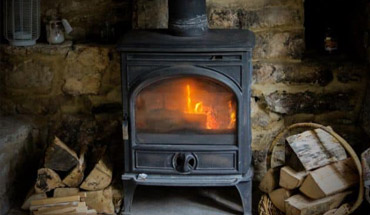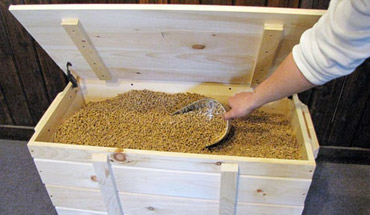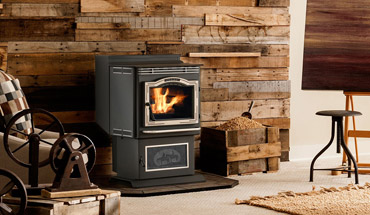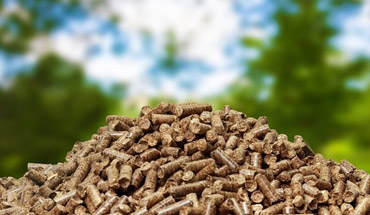What is Pellet Stove, How to Use?
Pellets, one of the most important examples of bio energy, offer efficient and high heating thanks to their high energy performance. We will give information about pellet stoves which offer 90 percent higher performance than traditional billet stoves.
If the pellet used in the pellet stove consists of high-calorie raw materials, the fuel consumption will increase correspondingly. Pellet stoves do not require a regular supply with their large capacity tanks. Furthermore, they are programmable and even remotely controllable by remote control for some models. Pellet stoves, which are quite easy to use, have the characteristics of producing constant heat for a long time. We can state that it is quite practical and advantageous due to its feature that does not require continuous intervention during its usage.
As pellet burning systems, stoves are basically divided into two classes as Flame/Smoke Tube and Water Tube Boilers. Basic parts of a boiler are combustion chamber/burner/ignition system, supply system and heat exchangers. Heat exchangers are designed with a large proportion (about 90%) of smoke tubes in pellet fuel boilers. Water tube heat exchangers are more preferred in boilers burning sawdust and wood log.
Pellet stoves burn at various stages. The first burning starts in the 1st stage. Firstly, the stove starts the spiral engine at various time intervals, takes fuel as needed in the fuel chamber and operates the diesel fuel heater. The diesel fuel heater waits until the first roasting time and starts the chimney fan and gives the stove its first flame. Thus, the stove is burned, and then, the spiral engine feeds the fuel chamber with pellet in a way to protect the 1st stage flame length. Thus, it does all the processes by itself with zero-touch and starts to heat the room. When it reaches the temperature set by the user, it automatically passes into standby. Later, when the room temperature reduces, it detects this through sensors and starts working again.
In general, when we make an examination, the stove has 7 basic parts. These parts are the spiral engine that enables the transfer of pellet from the fuel tank, the diesel fuel heater that ensures the heating of the pellet in the chamber, the fan motor that ignites the fuel, the ambient temperature measuring device to maintain the room temperature, the thermocouple used to read the water temperature if it is watery, the pump that circulates the water, the electronic control circuit that regulates the working system and finally the screen that provides information transfer to the user.
Pellet fuel boilers and stoves are basically designed like conventional liquid fuel boilers. Fuel is supplied from the tank to the chamber serving as a burner in the combustion chamber. Then, ignition and combustion occur here. The flue gases released by the combustion of the fuel are transmitted through several channels around the heat exchanger and the heat energy is transferred to the water in the heat exchanger. The heated water is pumped to the heating installation by means of a circulation pump. A fan is used to improve the heat transfer and supply a sufficient amount of combustion air. The dimension of the combustion chamber and heat exchanger is important in terms of proper combustion and adequate heat transfer. Furthermore, it is completely isolated to prevent heat loss in the room where the boiler is placed. Stoves have a chimney outlet with a diameter of 8/10 cm. Chimney system is fan. As it can be connected to the building chimney, it can also be released to the external environment.
 TR
TR EN
EN BG
BG GR
GR




